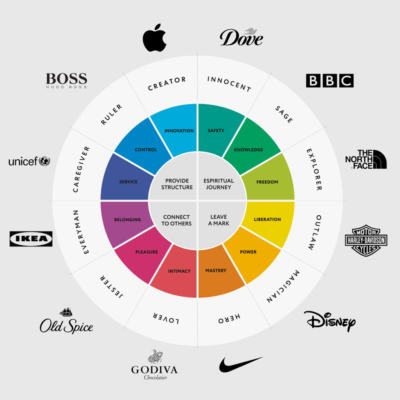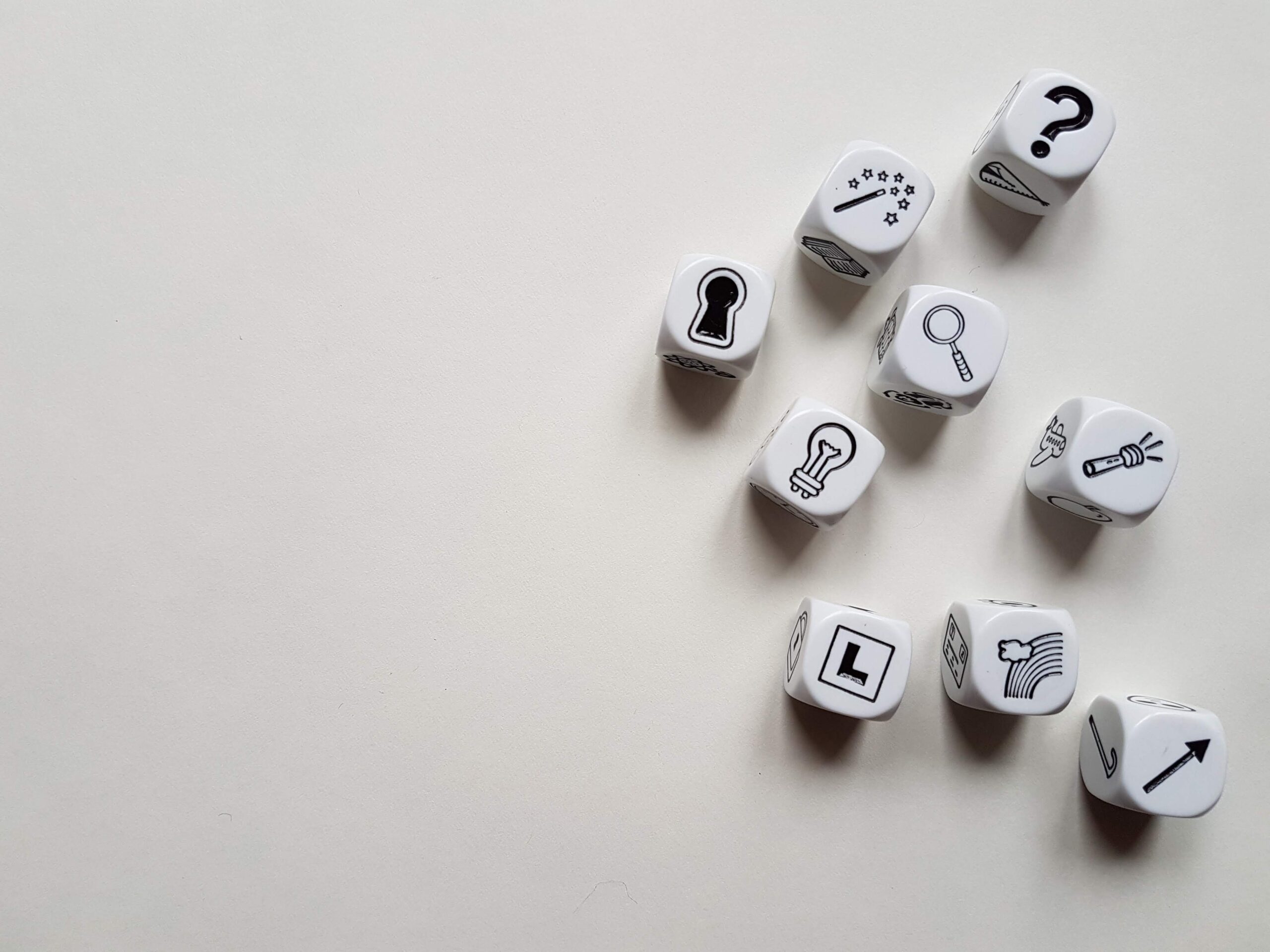Using archetypes to tell your brand story
“In storytelling, archetypes are used to create an immediate sense of familiarity between the audience and a character.” – Maidment, 2021
Storytelling is fundamental to successful brand communications, with research suggesting storytelling in marketing can increase conversions by 30%. Jennifer Aaker, a professor at Stanford’s Graduate School of Business reflecting as such; stories shape how people see you, stories are tools of power and stories persuade and move people to action. One powerful model that helps ground a brand story, is the concept of brand archetypes. Brand archetypes are a framework which suggests that certain personality traits and characteristics are universally recognisable and resonate with people on a subconscious level. In the context of marketing, brand archetypes are symbolic representations of different personas that businesses adopt, to align with their target market’s desires, values, and aspirations, tapping into universal patters of human behaviour and emotions. Ultimately, the adoption of such archetypes helps brands tell their story in an intuitive way and given up to 95% of our purchase decisions are directed by our subconscious, they set the necessary foundations to target efforts and elicit desired responses from customers.
“Archetypes are universal patterns that everyone is familiar with, or mental images present in the collective unconscious (i.e., characters that innately exist within the human mind, regardless of culture or geography). Because archetypes trigger instinctive responses in customers, they can help marketers tell their brand stories in a form that everyone recognises and responds to instantly.” – Merlo et al., 2022
The 12 brand archetypes identified by Mark and Pearson are as follows:
The Innocent: Represents purity, simplicity, and optimism. These brands strive to evoke a sense of nostalgia and evoke emotions of safety and goodness.
The Sage: Emphasises knowledge, wisdom, and expertise. These brands aim to educate and provide valuable insights to their audience, positioning themselves as trusted sources of information.
The Explorer: Symbolises adventure, freedom, and discovery. These brands encourage individuals to step out of their comfort zone, explore new territories, and seek personal growth.
The Outlaw: Symbolises rebellion, individuality, and nonconformity. These brands challenge the status quo, break rules, and encourage individuals to embrace their uniqueness.
The Magician: Emphasises transformation, innovation, and enchantment. These brands provide solutions, inspire change, and create a sense of awe and wonder through their products or services.
The Hero: Represents strength, courage, and resilience. These brands inspire individuals to overcome challenges, achieve greatness, and become the best versions of themselves.
The Lover: Represents passion, desire, and intimacy. These brands focus on creating strong emotional connections and fostering relationships, offering products or experiences that evoke feelings of love and romance.
The Jester: Symbolises humour, spontaneity, and entertainment. These brands aim to bring joy, laughter, and light-heartedness to people’s lives, often using wit as their main communication tools.
The Everyman: Emphasises relatability, inclusivity, and down-to-earth values. These brands cater to the everyday needs and desires of the average person, positioning themselves as accessible and trustworthy.
The Caregiver: Represents compassion, nurturing, and support. These brands prioritise the well-being of others, offering products or services that provide care, assistance, and comfort.
The Ruler: Symbolises power, authority, and control. These brands exude confidence, leadership, and a sense of luxury, aiming to be perceived as the top choice or the ultimate solution.
The Creator: Emphasises innovation, imagination, and self-expression. These brands inspire individuals to tap into their creativity, offering tools or experiences that allow them to bring their ideas to life.

The 12 Brand Archetypes wheel with example of respective brands. Source
Much of the discourse around archetypes has centered around the need to own and communicate just one of the twelve proposed to avoid ‘brand schizophrenia’. However, recent research has made the case for the adoption of multiple archetypes, believing those that implement more than one in their storytelling are richer and have more attractive narratives, leading to long-lasting performance.
“Clear patterns emerge when we analysed brands’ visual elements, suggesting that archetypes are not evoked at random but are part of deliberate strategies to connect with customers emotionally in specific ways…. Importantly, we found that most brands, including some of the world’s best-performing brands, evoke multiple archetypes at the same time. Less than 2% of the brands in the dataset had a consistent association with only one archetype, and most brands evoked at least two or three archetypes in their marketing communications.” – Merlo et al., 2022
The importance is in establishing a consistent and cohesive narrative with a combination of defined archetypes. As Kent Wertime describes in his book ‘Building brands and believers. How to connect with consumers using archetypes’, “strong brands often harmonise multiple subconscious elements and the decision about which archetype(s) to associate with a brand provides plenty of room for creativity and requires the company to think about how the archetypes will work in combination.” So how can brands look to implement? First, they should seek to reflect on their brand essence, asking questions such as:
- What are our values?
- How do we serve our customers?
- What emotions do we wish to elicit from our interactions?
Then it is a matter of adopting the archetypes which best encompass this essence, leaving space to creatively structure brand assets, communications, and stories with these frameworks at the heart of all the brand does.
In practice “brand elements become like props and building blocks of brand-consumer relationships and when brands evoke archetypes effectively, they can improve brand recognition, brand preference, and propensity to buy.”




